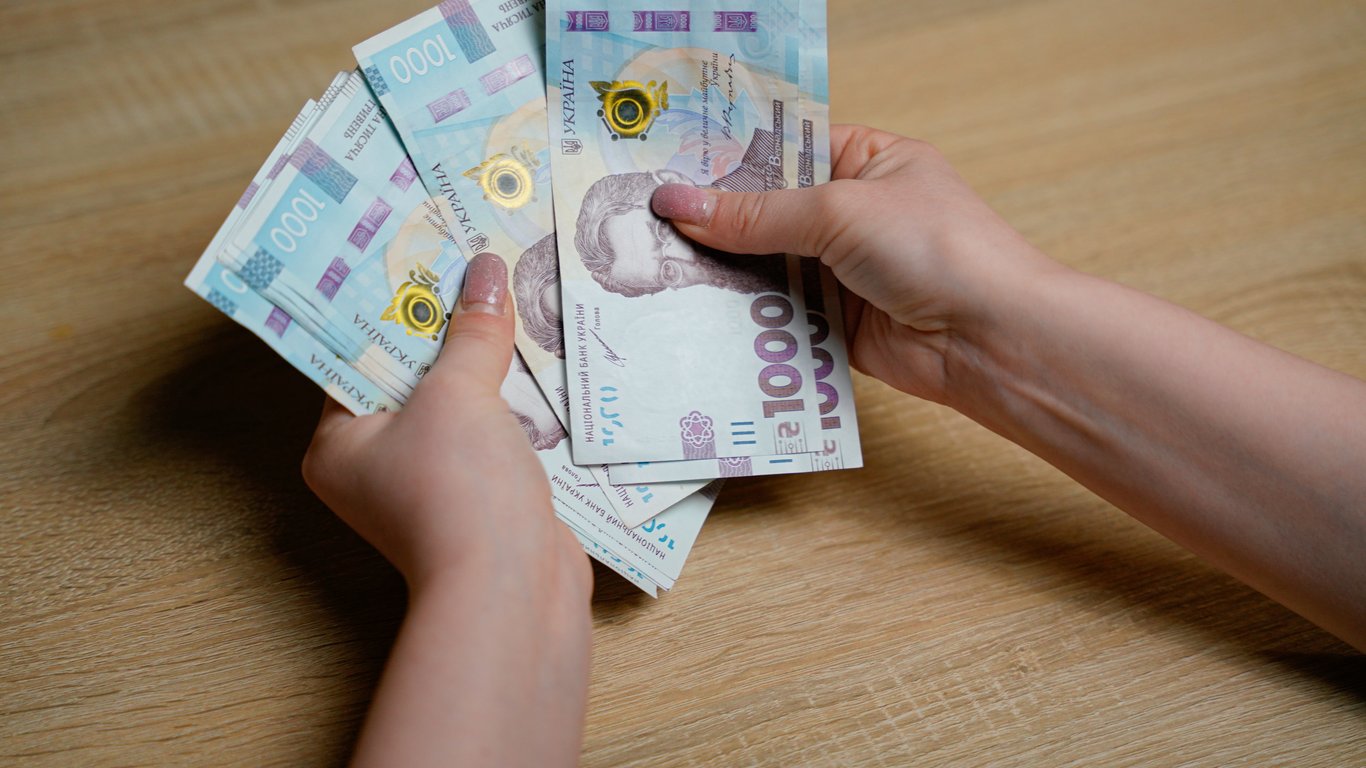Mirror of Inflation: How the Borsch Index Has Changed Over the Years.


"Borscht Index" shows a rapid growth, reflecting the economic changes in the country over the past years. The cost of the traditional Ukrainian dish in public catering establishments has doubled from 2020 to 2024.
This is evidenced by the infographic data from "Ukraine Now".
In 2020, the average price of a bowl of borsch was only 55 hryvnias. However, each year saw a steady increase:
- in 2021, the price rose to 64 hryvnias,
- in 2022 it reached 80 hryvnias,
- in 2023 it crossed the psychological mark of 100 hryvnias.
By 2024, the average cost of a serving of borsch in Ukrainian establishments reached 110 hryvnias, which is twice the figure four years ago.
It is interesting to note that the prices for borsch vary significantly depending on the region of Ukraine. The highest prices were recorded in Mykolaiv region, where a bowl of borsch costs 130 hryvnias, and in Kherson region with a price of 129 hryvnias. These regions, located in the south of the country, lead in the "borsch index", which may be related to various economic and logistical factors.
At the opposite end of the price spectrum is Ternopil region, where borsch costs only 60 hryvnias, which is nearly half the national average.
In the capital of Ukraine, Kyiv, the price for borsch remains at 105 hryvnias, which is close to the national average. However, in Kyiv region the price is slightly higher at 110 hryvnias.
The eastern regions of the country also show the highest prices for borsch. In Kharkiv region, the cost of a bowl reaches 120 hryvnias, which is significantly above the national average.
The western regions of Ukraine, such as Lviv (98 hryvnias) and Zakarpattia (85 hryvnias), keep prices close to the national average, which may be related to a more stable economic situation in these regions.
"Borsch Index" not only reflects changes in the cost of food products and public catering services, but also serves as a kind of indicator of the economic state of various regions of Ukraine. It clearly demonstrates the impact of inflation and regional economic features on the daily life of Ukrainians.
Read also
- Plans of the Russian Federation and local drone production — address by Zelensky
- Zelensky after the meeting with Umerov promised changes in defense
- It became known when the next meeting of 'Ramstein' will take place
- Hetmancev answered whether the state should finance insurance
- Payments before Independence Day — who among combatants will receive aid in 2025
- Trump announced the introduction of a 30% tariff on goods from the EU









